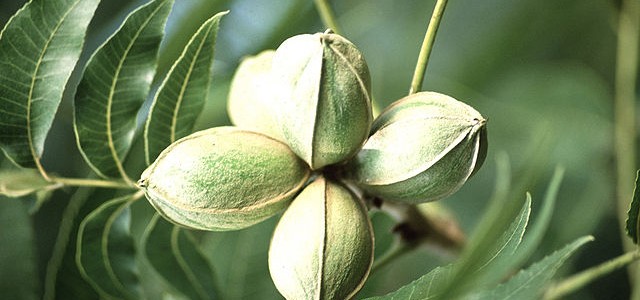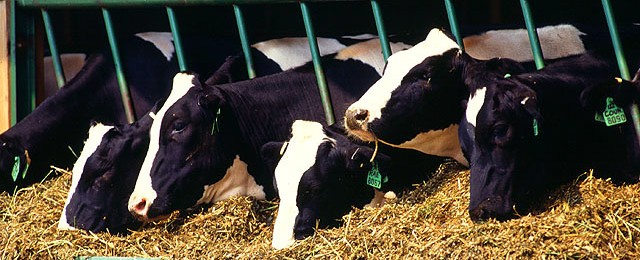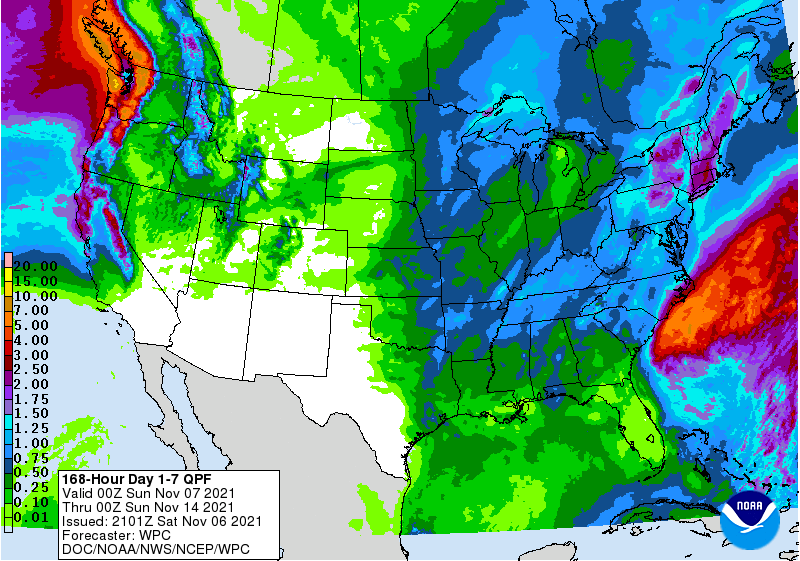-

The rainy and cloudy weather this summer has reduced the yield of pecans according to this article in Vegetable and Specialty Crop News. Pollination and early development was delayed due to spring weather and cloudy weather during the nut-filling season reduced the development of the kernels, leading to light yields compared to sunnier years. Producers…
-

UPDATE: see recap here. Join us for the Southeast Climate Monthly Webinar! These webinars provide the region’s stakeholders and interested parties with timely information on current and developing climate conditions such as drought, floods, and tropical storms, as well as climatic events like El Niño and La Niña. Speakers may also discuss the impacts of…
Posted in: Events -

This is not primarily a post about agriculture and climate, but I did get this question last year so thought other people might wonder about the answer too. The short answer is that, like my cat, cows like routine in their mealtimes, and they don’t read clocks. For a more detailed answer, check out this…
-

The 7-day QPF map shows that rain should persist along the East Coast for the next day or two from the low that is moving along the coast today. By Tuesday night it should be dry across the region and a bit warmer. That will continue until later on Thursday when the next front begins…
Posted in: Climate outlooks -

In this blog, I have highlighted a number of ways that farmers are adapting to a changing climate. One of these ways is to change what types of crops they grow. In the Southeast, producers are adding new crops like satsumas and olives to the traditional mix. Here is a story about a farmer in…
Posted in: Climate and Ag in the news -

According to an article this week in Southeast Farm Press, entomologists say that this year’s infestation of fall armyworms is the worst that they have seen since the 1970s. According to the story, “There were many elements that led to this massive infestation. The biggest factor was the perfect storm of environmental conditions. These conditions…
-

The latest Drought Monitor, released today, shows that moderate (D1) drought has expanded significantly in North Carolina and has been introduced into smaller areas of South Carolina and Virginia. This is due to the lack of rainfall over the last week. This is likely to get worse on next week’s map because there is almost…
Posted in: Drought